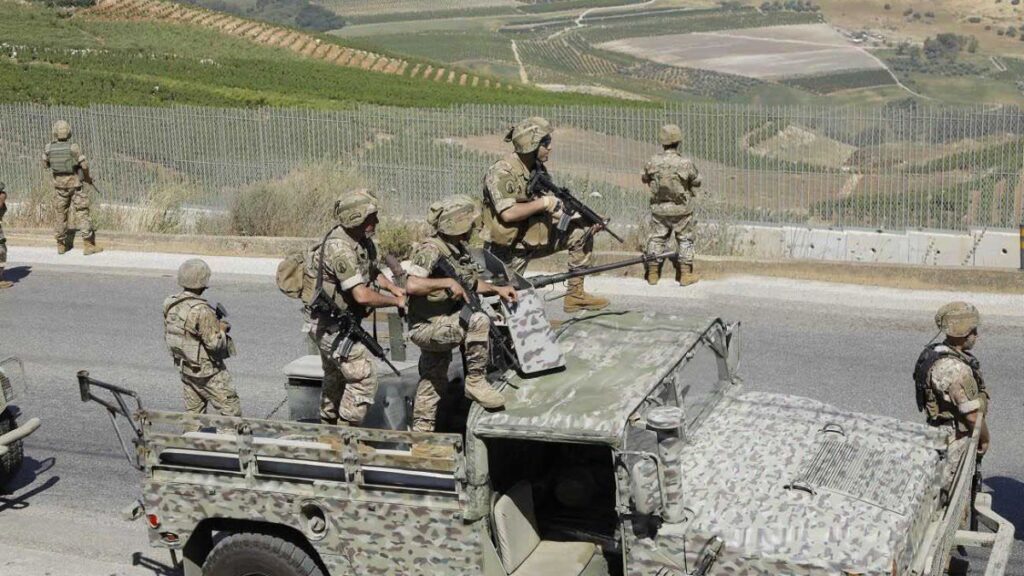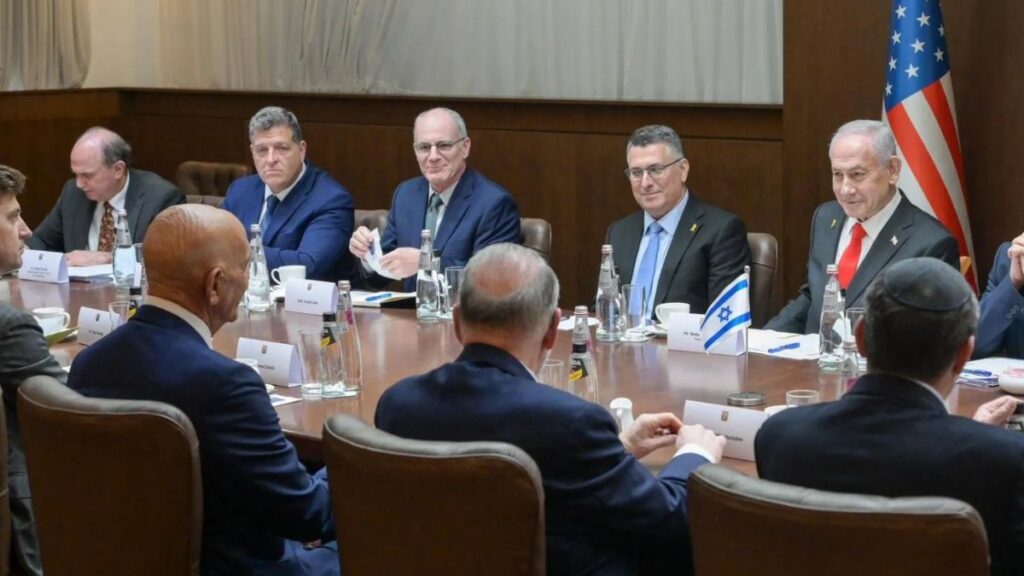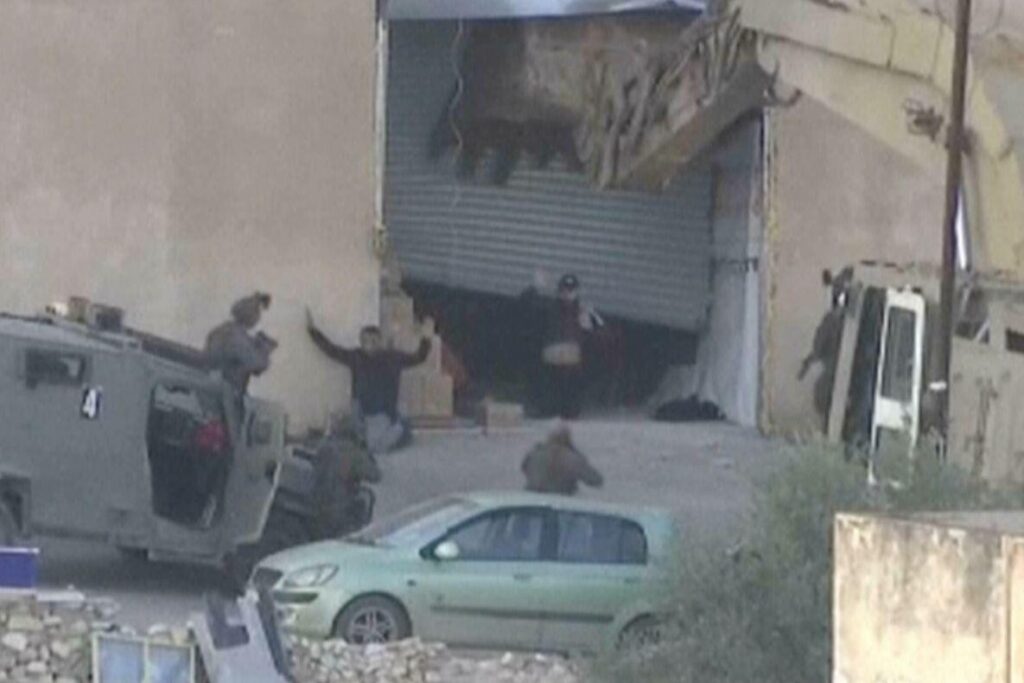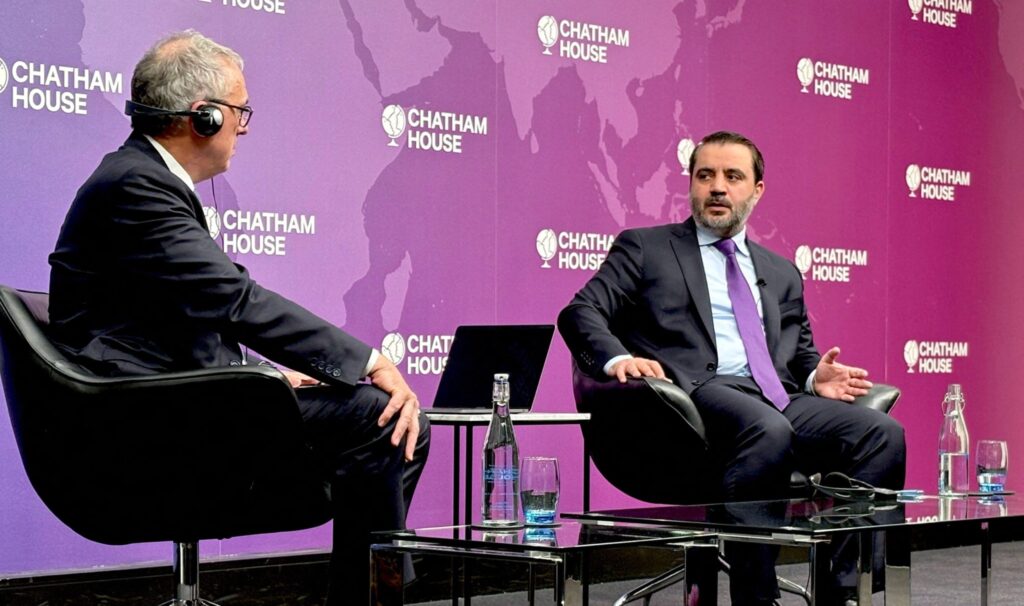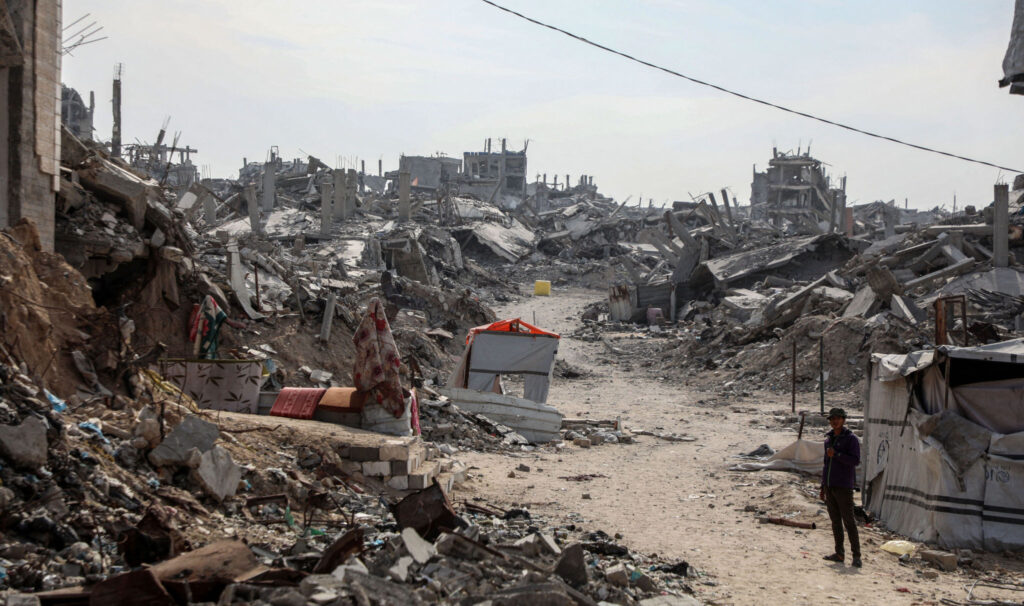Prințul Reza Pahlavi, fiul ultimului șah al Iranului, anunță că se întoarce acasă și cheamă la grevă generală. Ce se pregătește sâmbătă
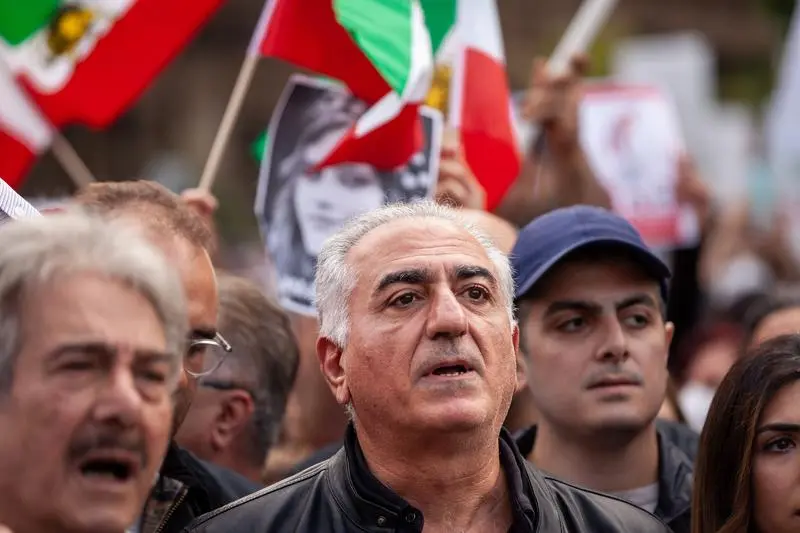
Manifestațiile de stradă din Iran au ajuns vineri în ziua 13. Mii de oameni au continuat să iasă în stradă, în ciuda amenințărilor. Prințul iranian Reza Pahlavi, fiul exilat al monarhului detronat al Iranului, a făcut apel la protestatari să continue demonstrațiile de stradă încă două nopți și să ocupe centrele orașelor, îndemnând în același timp angajații din sectorul energetic și al transporturilor să înceapă greve la nivel național, informează Iran International.



